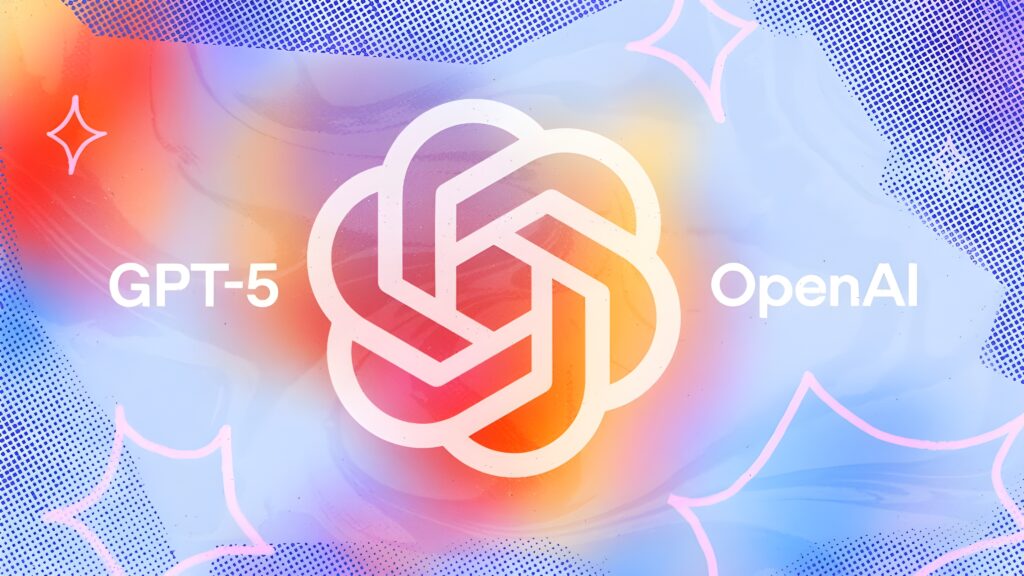OpenAI’s GPT-5 faces backlash for dull tone
OpenAI’s GPT-5 launch wowed few but won on coding skills, speed, and cost, aiming for steady utility over hype.

OpenAI’s GPT-5 launched last week to immense anticipation, with CEO Sam Altman likening it to the iPhone’s Retina display moment. Marketing promised state-of-the-art performance across multiple domains, but early user reactions suggested a more incremental step than a revolution.
Many expected transformative leaps, yet improvements mainly were in cost, speed, and reliability. GPT-5’s switch system, which automatically routes queries to the most suitable model, was new, but its writing style drew criticism for being robotic and less nuanced.
Social media buzzed with memes mocking its mistakes, from miscounting letters in ‘blueberry’ to inventing US states. OpenAI quickly reinstated GPT-4 for users who missed its warmer tone, underlining a disconnect between expectations and delivery.
Expert reviews mirrored public sentiment. Gary Marcus called GPT-5 ‘overhyped and underwhelming’, while others saw modest benchmark gains. Coding was the standout, with the model topping leaderboards and producing functional, if simple, applications.
OpenAI emphasised GPT-5’s practical utility and reduced hallucinations, aiming for steadiness over spectacle. At the same time, it may not wow casual users, its coding abilities, enterprise appeal, and affordability position it to generate revenue in the fiercely competitive AI market.
Would you like to learn more about AI, tech, and digital diplomacy? If so, ask our Diplo chatbot!
